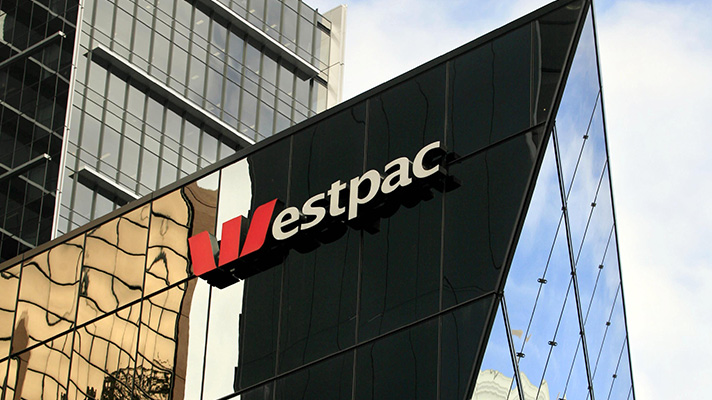SYDNEY — Westpac said its first-half net profit rose by 22% on year, driven by a higher net interest margin, alongside growth in home and business loans.
Still, management warned that increased mortgage competition would weigh on future margins, while credit growth would ease.
The Australian bank said its net profit totaled 4.00 billion Australian dollars (US$2.70 billion) in the six months through March.
Directors of the company declared an interim dividend of A$0.70 per share, up almost 15% from A$0.61 last year. Consensus forecasts compiled by FactSet projected Westpac’s first-half profit would be A$3.90 billion, with an interim dividend of A$0.69 a share.
“Our first half result reflects the progress we’ve made in becoming a simpler, stronger bank,” said Chief Executive Peter King. “Disciplined cost and margin management has lifted our return on equity and allowed us to increase dividends.”
“We’ve grown in a disciplined way in mortgages, performed well in business and institutional banking and stayed the course on risk management and simplification,” he added.
Westpac’s consumer unit’s net profit rose by 7% compared to the same period last year, to reach A$1.76 billion. Net loans rose 3% to A$480 billion while deposits grew by 6% to A$294 billion. Expenses were down 3%.
In the lender’s business division, first half net profit more than tripled to A$851 million, while net loans rose 6% to A$86 billion.
For the first half, Westpac’s net interest margin–the difference between the interest income generated and the amount of interest paid out–was 1.96%. The net interest margin was up 5% on the same time last year, but flat on the second half of the 2022 fiscal year.
Westpac, like other lenders, has benefited from the rising interest rate environment. The Reserve Bank of Australia last week surprised financial markets, raising its official cash rate by 25 basis points to 3.85%, resuming an aggressive campaign of increases after pausing in April.
But some analysts believe mortgage competition, particularly in refinancing, could crimp future margins and earnings. At the same time, banks may also see pressure on credit quality, as customers grapple with higher mortgage repayments, and inflation-related cost squeezes.
Westpac on Monday said its NIM rose, but that it remains lower than historic levels and that it expects credit growth–both housing and business–will ease.
“Interest rates are now closer to their forecast peak, but we are focused on how long they stay high and what this means for household budgets and discretionary spending. We expect to see more stress in the period ahead, particularly in small business,” Westpac said.
“Intense mortgage competition is expected to negatively impact industry and Westpac’s margins in the next half,” the lender added.
On credit quality, Westpac’s CET1 capital ratio of 12.3% was above the company’s target range of 11.0-11.5%. This result, Westpac said, was around A$3.6 billion of capital above the top end of this range.
First half credit impairment charges were A$390 million, or 10 basis points of average loans, compared to 4 basis points in the previous year.
“Our credit quality remains sound with little change in the level of stressed assets, however we boosted credit impairment provisions this half reflecting the forecast tougher economic outlook,” said Westpac.
The lender reduced its operating expenses for the first half by 7% to A$4.99 billion from the previous year. In future, Westpac said it would shift its focus from an absolute expense target to improving the expense to income ratio relative to peers.
“We’re making this change due to expected continuing inflation pressure, ongoing and new risk and regulatory requirements, and our focus on growth,” said Westpac.

